Cavity of various geometrical shapes are used as blackbody radiators. The choice of a cavity shape is determined by reflection properties of cavity wall material, conditions of cavity radiation collecting, as well as by convenience of cavity manufacturing and treatment of its internal surface. The most frequently, cavities with axial symmetry are employed. STEEP320, STEEP321, and STEEP323 allow to model cavities formed by revolution of a non-self-intersecting polygonal line around an axis. If polygonal line has a lot of segments it can reproduce complicated surfaces of revolution. Figures below show some cavity shapes which can be modeled using these programs. Numbers in parentheses denote the numer of segments in the cavity generatrix.
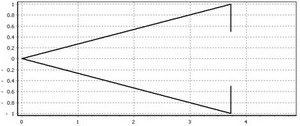
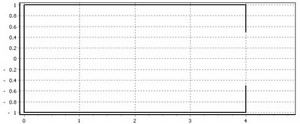

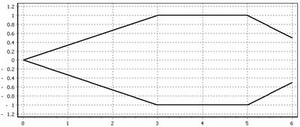
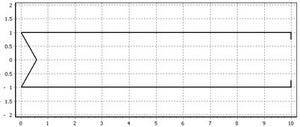
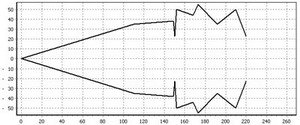
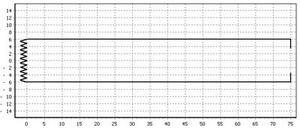
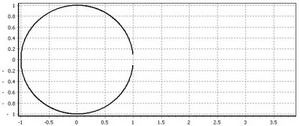
Among non-axisymmetric cavities, the cylindrical cavity with an inclined bottom is the most frequently used due to simplicity of fabrication and treatment. INCA333 allows to model just this type of cavities. Pictures below show two orthogonal cross-sections of a cylindrical cavity with an inclined bottom and flat annular diaphragm:

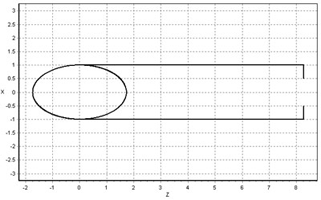
Cylinder with V-grooved bottom and diaphragm (23) Baffled cylindro-cone (26) Sphere (399)
Cone-cylindro-cone (3) Cylinder-inner-cone with diaphragm (3) Cavity with reflector (9)
Cone with diaphragm (2) Cylinder with diaphragm (3) Cylindro-cone with diaphragm (3)

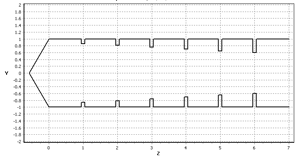
Sometimes, extremely high effective emissivity is not necessary but requirements to overall dimensions of blackbody radiator are very stringent. In these cases, so-called "flat" blackbodies such as surfaces with concentric V-grooves or pyramid arrays are used. They are not cavities but act as cavities due to multiple reflections among their walls.


Concentric V-grooves can be modeled using STEEP320, STEEP321, and STEEP323. PyramidA is developed to calculate radiation characteristics of pyramid array blackbody radiators.
Virial International offers customization of existing software, including ray tracer modification for blackbody radiator shapes other than those described above.
Virial International offers customization of existing software, including ray tracer modification for blackbody radiator shapes other than those described above.

